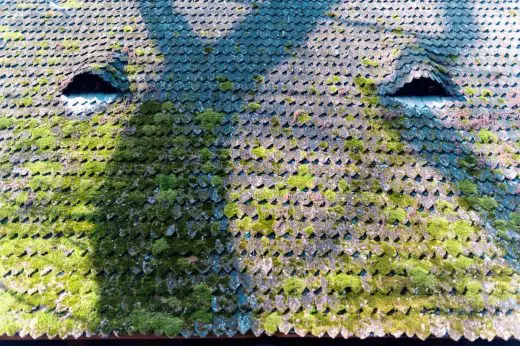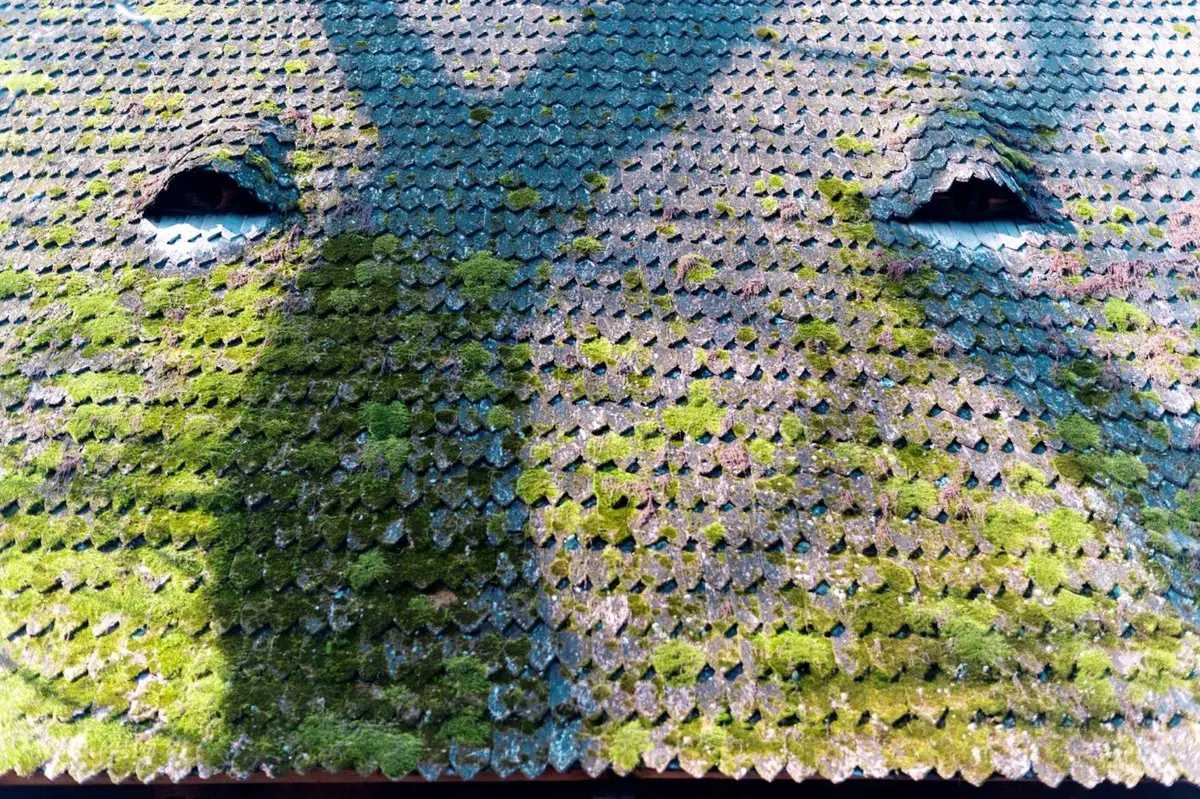Greenery on your roof repair, Professional roofers, House upkeep, Building roofing
Greenery on Your Roof Causes Concerns and Remedies
18 June 2024

Credit: frimufilms via freepik
If you’re considering purchasing a new home and notice moss on the roof, or perhaps you’re assisting a senior relative or neighbor and see greenery sprouting from their rooftop, or even if you’ve observed large patches of moss growing on your own shingles—any sign of greenery on a roof can be cause for concern.
You’ve come to the right place for answers. Here, we will explore the causes of moss, algae, and other plant growth on roofs, discuss whether it’s a concern, and outline effective strategies for removal—ensuring your roof remains in top condition.
What Causes Roof Growth?
Moss and algae thrive on cold, damp rooftops that receive limited sunlight. These conditions are ideal for their growth, particularly in damp geographic regions or during wet seasons. Mold and algae spores are most active in the fall and spring, with noticeable growth occurring in the summer. Moss and algae do not require a root system, making shingled rooftops an optimal environment for them to flourish.
Why is Greenery on Your Roof a Concern?
While a small amount of moss or algae may not seem immediately alarming, it can quickly spread, leading to significant damage. The growth of moss and algae can cause shingles to crack or loosen, which compromises the roof’s integrity. Prompt and effective action is crucial. If you notice greenery on your roof, consulting a roofing specialist at Professional Roofers is advisable. They can provide expert guidance and assistance, whether the plant growth has already caused damage or if preventative treatment is needed.
Ignoring the issue allows moss and algae to proliferate, creating a heavy, damp layer on your shingles. This moisture retention leads to shingle rot, necessitating repairs and promoting the growth of mold and bacteria. Mold not only deteriorates your shingles but can also infiltrate your attic, compromising both the structural integrity of your roof and the indoor air quality of your home.
Are Certain Areas More Prone to Growth?
Pitched roofs and asphalt shingles are particularly susceptible to moss and algae growth. Some types of algae can extend into gutters and downspouts, where moisture is abundant, further exacerbating the problem.
How Can You Eliminate Roof Growth?
Preventing algae or moss growth on your roof can be challenging since both are airborne. However, installing metal flashing can help prevent growth from entering your home. Regularly cleaning your gutters and downspouts with a mixture of white vinegar and water can also inhibit the spread of algae.
Regardless of the stage of growth, it’s essential to contact a professional roofing company. Depending on the severity, they may recommend:
- Treating the area with a liquid cleaner to eradicate the growth, possibly requiring annual treatments for persistently damp and shaded rooftops.
- Replacing corroded or damaged shingles.
- In extreme cases, where growth has extensively covered the roof, a complete roof replacement may be necessary.
Keep Your Eaves Clean
Moss and algae are not the only concerns for your roof. If pine needles, leaves, and other debris accumulate in your eavestroughs, they can decompose into compost, creating an ideal environment for plant growth. Seeds carried by the wind or dropped by birds can sprout, leading to more extensive root systems that can damage your roof.
Left unattended, these plants can establish invasive root systems along your eaves, potentially leading to clogged gutters and standing water that can rot the fascia board, cause leaks in your home, and pool around your foundation, increasing the risk of basement water seepage and mold growth. Plants with strong roots can also infiltrate between shingles and brickwork, causing structural damage.
Ivy is another plant that can climb up your home and onto your roof, exploiting weak spots such as cracks and gaps between shingles. It can lift shingles and create openings for water and snow to penetrate, necessitating professional roof repairs. Cutting ivy at its base and allowing it to die is an effective measure to prevent future issues.
Stay Proactive
Asphalt shingles typically have a lifespan of 20 to 30 years. By addressing any signs of plant growth on your roof and eaves promptly and effectively, you can help ensure your roof’s longevity and maintain the integrity of your home. Taking swift action when you spot flora on your roof sets the stage for a durable and lasting roofing structure.
Comments on this guide to Greenery on Your Roof Causes Concerns and Remedies article are welcome.
Sustainable Architecture News
Sustainable Building Design
Climate and biodiversity emergency
Climate and Biodiversity Emergency News: Landscape Architects
Eco Architecture
Contemporary Green Architecture Design
Comments / photos for the Greenery on Your Roof Causes Concerns and Remedies page welcome



